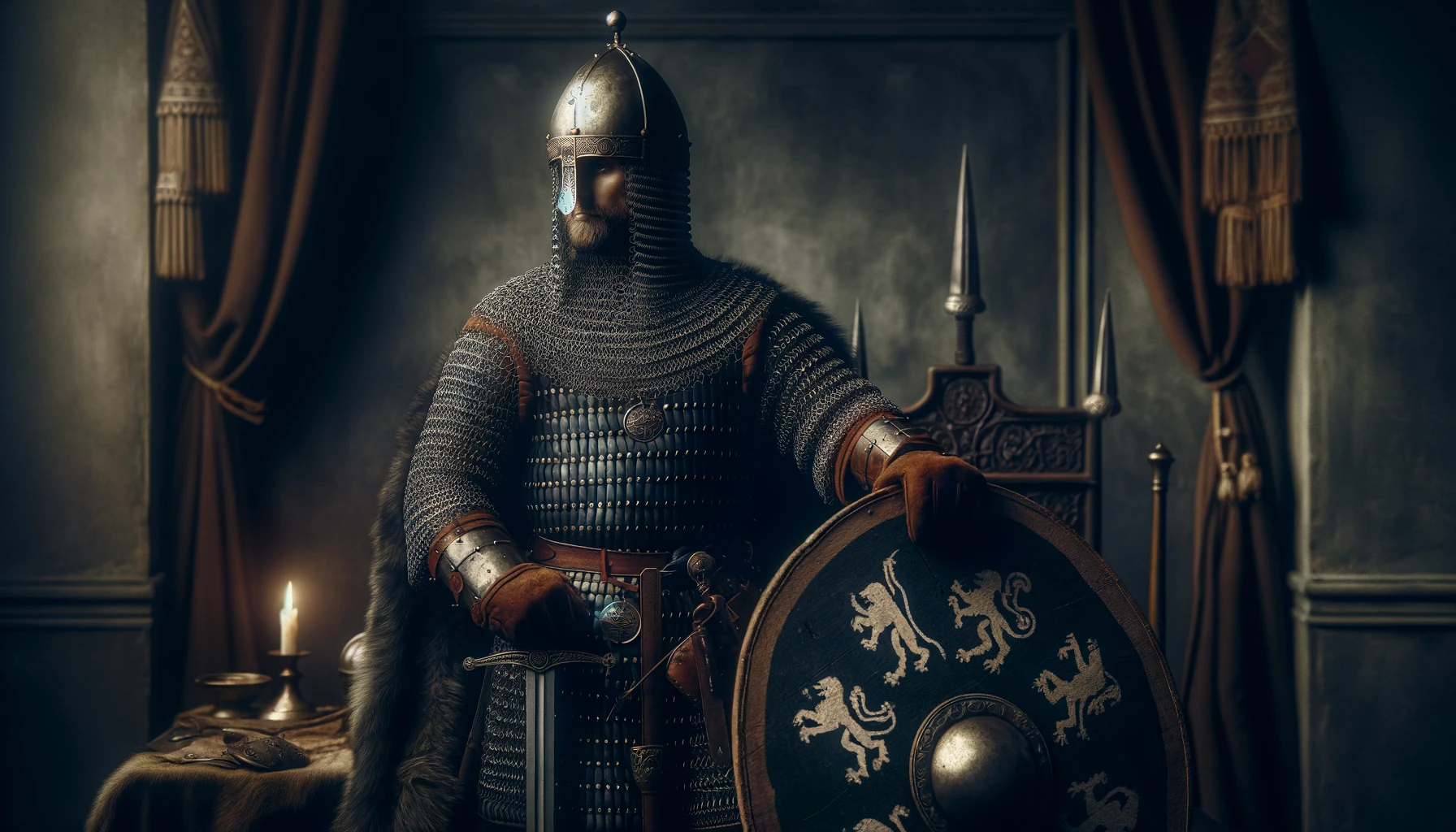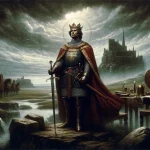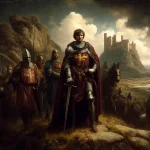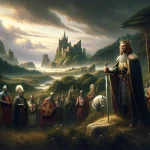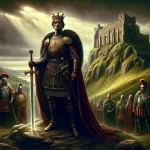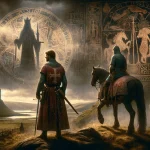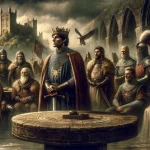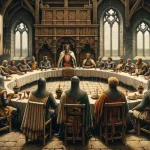Historical King Arthur
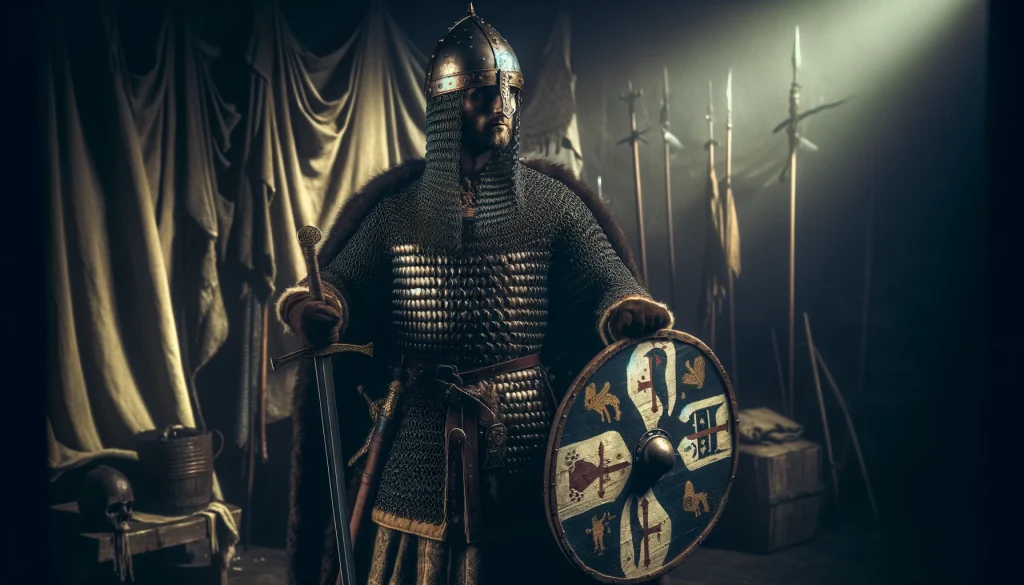
The earliest narratives surrounding King Arthur diverge significantly from the modernized legend that has since evolved. While the historicity of Arthur remains uncertain, the earliest written accounts depict him as a figure from the fifth or sixth century, purportedly a king who defended Britain against the encroaching tribes of Saxons, Angles, and Picts.
During this era, Britain experienced a stark departure from its present-day stability. Having been under Roman rule since 43 A.D., the southern portion of the island found itself bereft of Roman governance as the Empire withdrew in the fifth century. With the last vestiges of Roman military might redirected to continental endeavours, the Britons, once beneficiaries of Roman prosperity, found themselves vulnerable to multifaceted assaults, precipitating the swift decline of their civilization and societal structure.
Contrary to the regal depiction of later legends, the earliest accounts portray Arthur not as a monarch but as a military leader. In this narrative, he is depicted as instrumental in rallying the Britons and orchestrating successful engagements against the relentless onslaught of invaders besieging the island from all directions.
- Historical King Arthur: References
- Historical King Arthur: A Dark Age King?
- Historical King Arthur: Breton King?
- Historical King Arthur: Riothamus?
- Historical King Arthur: A Silurian King?
- Historical King Arthur: Cuneglas?
- Historical King Arthur: St. Arthmael?
Legendary King Arthur
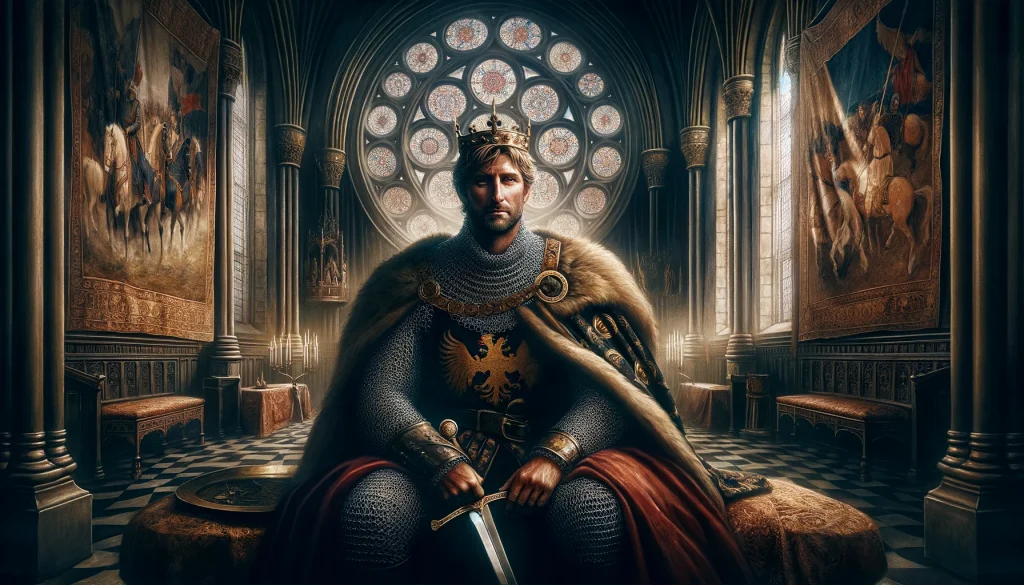
With the majority of the populace unable to read or write, the tales of Arthur and his knights proliferated primarily through oral tradition for numerous centuries. As the legend expanded, it assimilated elements from various folklore, intertwining with the fantastical imaginations of the superstitious populace, who embellished the narratives with giants and enchantments.
Medieval society lacked the contemporary emphasis on historical accuracy, and as successive authors retold the stories in their respective eras, Arthur gradually metamorphosed into a regal figure, accompanied by a retinue of noble knights. Arthur’s renown surged notably in the 1100s with the publication of Geoffrey of Monmouth’s “History of the Kings of Britain,” a work purported to be a genuine historical account but was, in truth, a compilation of distorted folklore and Geoffrey’s own fabrications. This text elevated Arthur to the pinnacle of its narrative, depicting him as a magnanimous monarch presiding over a formidable realm.
The advent of courtly love further shaped Arthur’s legend, imbuing it with themes of romantic chivalry rather than primal warfare. A fusion of embellished oral traditions, courtly ideals, superstition, and a fleeting resurgence of Pagan beliefs melded together, imbuing the legend with its distinctive blend of tragic romance and mythical allure.
Was the historical Arthur able to witness the evolution of his legend, he would undoubtedly marvel at its divergence from reality. Nevertheless, the enduring appeal of the legend persists, captivating the collective consciousness for over a millennium, transcending time to endure in the hearts and minds of successive generations.
